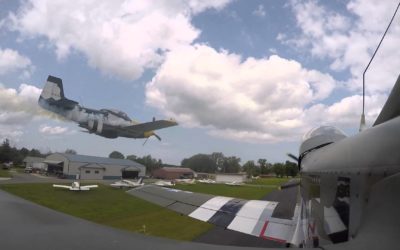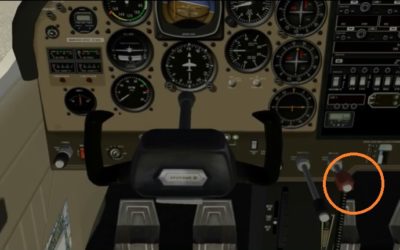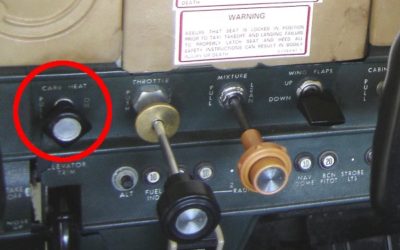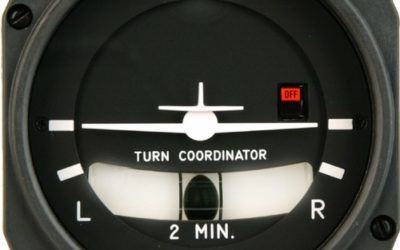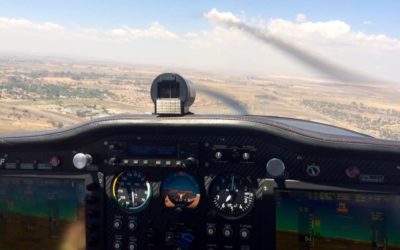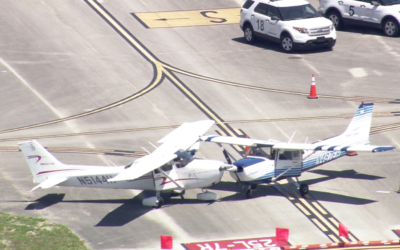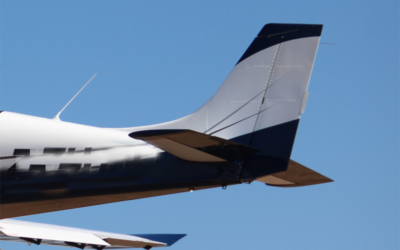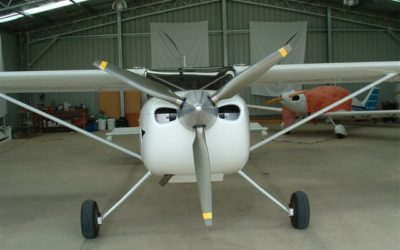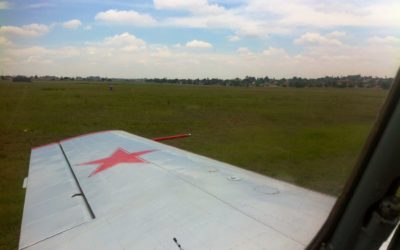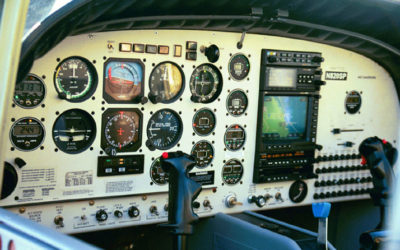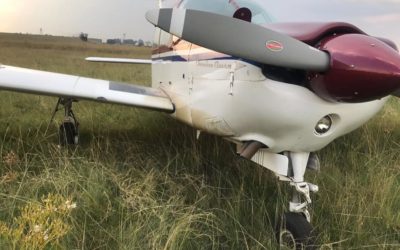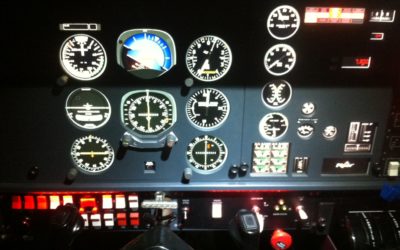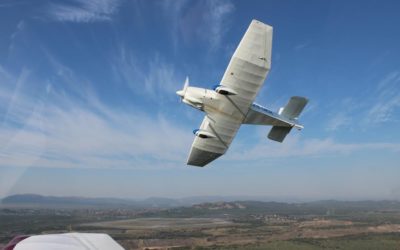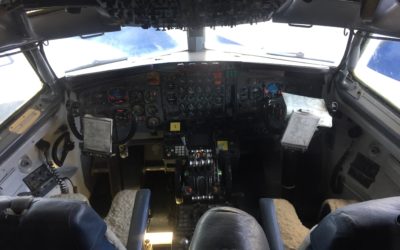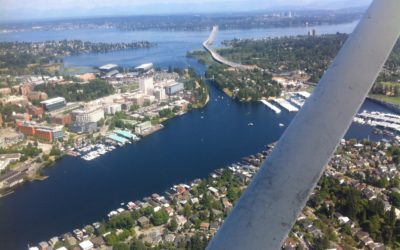Flying Skills
What if you forget to remove the pitot tube cover?
I have to confess that just the other day, I did the unthinkable – I somehow did not remove the pitot tube cover before starting the aircraft engine…
Right of Way – Which way should you fly?
If you have ever been faced with a situation where you have an aircraft coming towards you, or you are zooming along in your Piper Seneca and you find yourself having to over take a nervous student in a C152, here is the proper way to do it…
How does the mixture control work?
In a piston engine aircraft, the mixture control lever is the red one. Red, because it is really important for healthy engine operation. So what exactly does the mixture control lever do?
When to use Carb Heat?
If you have ever felt a little confused as to how carb heat works, and when exactly to use it, you are not alone…
How can a power-on stall occur?
The airspeed bleeds off and you feel a buffet, or the stall warning bleats and flashes desperately at you. Of course, you recover like a pro with a super co-ordinated release of back pressure and smooth input of power. But have you ever considered a stall with the power on?
How to use rudder for a perfectly coordinated turn
The remedy for adverse yaw is to be found in the rudder pedals, and in combination with the ailerons is termed a ‘coordinated turn’. What this means is simply the coordination of aileron and rudder, in order to balance the turn. But how does one achieve this?
How heat from your tyres could cause hydroplaning
When water is visible on the runway, precautions can be taken, but did you know that even the slightest amount of barely-there moisture on a runway surface can be far more dangerous than it looks?
Hour building? Why not try a Nav Rally competition?
Doing a navigation rally really is a cost effective, and productive way of building valuable hours and improving your skills, especially if you got your licence many years ago. The camaraderie is simply brilliant
Can you fly without an Altimeter?
As with all human inventions, the altimeter is fallible, and should it fail in flight, having a back up plan of how to fly without it, is a skill worth having.
Need to fly on the compass? Here’s how to do it
It may be one of the most basic instruments in your aircraft, yet, it is a legal requirement, and has an essential place in the cockpit, especially when all else fails.
How to know if you have a pitot-static blockage?
The pitot-static system is simple, yet very important as it affects 3 critical instruments. Understanding what happens when part of it gets blocked, will help you to fly in a safe manner.
What causes a ‘bounced’ landing?
A good instructor will teach you how to avoid the dreaded bounce, which is almost an inevitable part of learning to land an aeroplane, but more importantly, what to do when it happens.
When should you abort a take off?
Knowing when to abort the take off is key to making a safe decision, so here are a few guidelines…
Magneto Checks – What are you actually checking?
We often don’t really know, or recall the reason why we are checking a particular item.The magneto check is one of these – we know it is one of the most important checks, and that we are looking for a particular drop, but what is the significance of the drop?
The Art of Taxiing
Here are some ways to show off good skill and airmanship the next time you taxi your aerie…
How to choose a Flight School
I firmly believe that your decision should be made based on the quality of the instructors, professionalism of the school. and not necessarily the lowest prices.
10 Mistakes pilots make in an unmanned circuit pattern
You may be a student pilot, or a seasoned pilot, but somehow, when you are flying into an unmanned airfield, with no ATC to tell you what to do, these errors seem to produce themselves…
What is a Tailplane Stall?
While pulling back on the control column may require the biceps of Dwayne Johnson, forward movement will feel unusually easy.
Are new pilots being ‘forced’ into instruction?
My point is this – are new pilots simply being forced into instruction because other opportunities are so scarce?
What is a Rate 1 turn?
A rate 1 turn is a standardised rate of turn used in instrument approaches and holding patterns so that pilot action can be predictable by both controllers and other traffic. It is referred to as 'rate 1' because whatever angle of bank is used, the result should equal...
Ground Effect – Your Friend or Foe?
A phenomenon which affects aircraft when manoeuvring close to the ground, ground effect is something all pilots should consider on take-off and landing. It can prove to be your greatest enemy if you are caught off-guard, or you can make friends, and use it to...
Downdrafts – What should you do?
The trouble with downdrafts, just like wind, is that you usually cannot “see” these things coming, but only the effects. Downdrafts can cause pants-wetting moments, or even be lethal if you are unprepared or have little idea of what is happening.
10 Marshalling Signals You Should Know
If you fly out of a smaller, general aviation airfield, you are probably convinced that you will never be faced with the prospect of following the instructions of the seemingly mute, Visi-vest clad, baton wielding persons called marshalls.
Which is better – Yoke or Stick Control?
A recent debate with a fellow pilot friend has led to this topic, so I do hope that all of you reading this will leave your comments down below. I must start with a confession, no pun intended, that I am a stick girl!
How to Calculate Distance and Time using Co-ordinates
Well, for some of you, it is necessary to be able to calculate the distance and time from co-ordinates for exam purposes. For the rest of you, who rely on that magnificent invention called GPS, quite frankly, I don’t blame you, but it is useful to use your grey matter, and know how to work it out the old fashioned way, just in case…
How You Can Communicate Better with the ATC
For those of you who quiver at the very initiation of contact with the ATC, fear not, here are some tricks that will help…
10 Steps to Choosing the Right Flight Instructor
Choosing your instructor is a bit like going on a blind date – you just don’t know if it will be a compatible match, but you just go with it anyway. The truth is, student pilots are often assigned an instructor, without much say in the matter…
How to navigate using the VOR
The VOR requires a little bit more work, in the sense that your heading is dealt with on a different instrument, namely the Directional Indicator (DI). but is fun to learn, and will get you flying more accurately and mindfully…
What is Best Glide Speed and should you always stick to it?
Do we stick to this speed religiously in every event where we have a complete loss of power? The answer has two components, depending on what we are trying to do…
How to Use the HSI to Navigate
If the thought of doing the instrument rating exam, sends you running, or you are tackling an instrument rating, then the HSI is certainly a cool instrument to understand…
Why You Don’t Want to Start Up with the Avionics ON…
Although most instructors would have drilled this into you, you may not have been told why this could be a problem, and quite possibly, Hollywood visions of an exploding aircraft come to mind
What is Density Altitude and How to Calculate it Quickly BEFORE You Take Off
Density altitude poses a particular danger to pilots operating in high altitude areas during the hot Summer months, but if you cannot remember exactly why, or how to calculate it quickly, read on…
Runway Illusions – How you can conquer any runway
Having a keen sense for identifying the illusions that some runways, and surrounding terrain can present, can really help you improve your approaches, which in turn, could turn your landings into good, safe ones.
How CRM can benefit you as a single pilot
While it is not yet a compulsory part of PPL training, the benefits of single pilot CRM to safety are unquestionable, so here are some pointers for you to practice yourself.
Can you land safely on water in an emergency?
However, common sense will tell you, that unless you are flying a seaplane, the design of your aircraft could significantly affect the success rate, and survival rate of your landing…
Airmanship – 10 Ways to be a Better Pilot
Displaying good airmanship, will not only impress your examiners along your path in aviation, but it will certainly earn you respect from your passengers and fellow pilots.
Is there more you can do to prepare for an emergency?
If you think that frequently practicing your precautionaries, and forced landings, is good preparation for the unlikely event that you find yourself in an emergency situation, you would be correct. However, is there anything else you can do to prepare adequately for an emergency?


